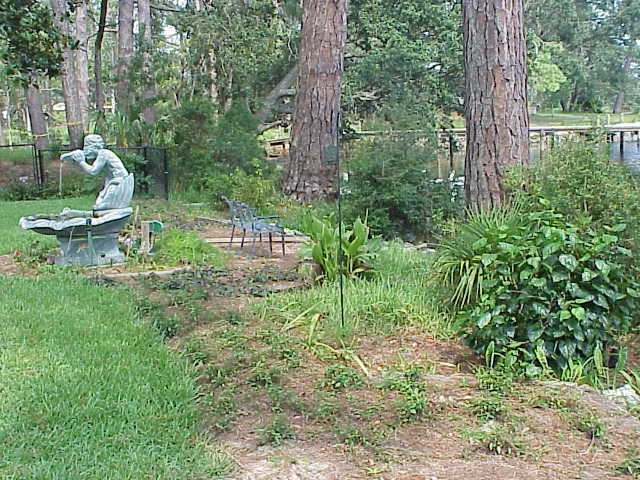The joy of being outdoors in the yard and gardens is something many of us have the opportunity to receive and appreciate. Observing nature at its best with the changes of seasons and all the activity, from birds visiting to vegetable and flower gardens to the healthy green lawns there is much to contemplate. The environment in which we live is complex and ever changing and is a critical source to our quality of life. One major source that links us all is water and the quality of it moving forward. How are we addressing changes to this important resource and the unintended consequences that can follow?
How we garden and manage the landscape at home and possibly in a business situation seems small in comparison to the number of settings out there, but if enough people work to improve water quality the positive impacts can be significant. Impervious surfaces that include paved driveways and walkways are areas that do not allow rain events or irrigation to infiltrate into the soil. Creative solutions are out there to construct pervious surfaces. Many acres of forest and wetlands have been lost to development impacting land areas like this to slow water movement allowing time for nutrients and sediment to settle and be absorbed into the soil and taken up by plants or sequestered in organic matter in the soil layers.
We often think about the larger rivers and big bodies of water that include lakes, bays, gulfs, and oceans that shoulder the large scale of human activity. It is often the smaller water sources that when combined multiple times as the tributaries involving creeks that lead to larger streams and rivers are often overlooked as having major impacts on water quality. What we can do to assist is to better manage nutrients (fertilizers and others) involving lawns, trees, and shrubs in your landscape. Work on improving soil balance through soil testing and following the recommendations to understand your soil types and plants that grow best in these settings. Contact your local University of Florida Extension office located in your county for information to assist in this important process.

Creating planting buffers around creeks, ponds and lakes is critical to reducing nutrient entry links to these water sources. Care must be taken when applying nutrients that include nitrogen and phosphorus to the lawn, gardens, and other landscape areas. UF/IFAS Extension’s Florida Friendly Landscaping program recommends, if you are broadcasting fertilizer without a deflector shield, The Ring of Responsibility should extend at least 10 feet from the edge of water. Be aware that fertilizer landing on hard surface driveways and sidewalks are subject to running off with rain events and potentially entering these water sources.
There is much more information available on this topic and it is highly recommended to do a little research via the smart phone and other ways to better understand the importance of how we address water quality moving forward. Enjoy the great outdoors and appreciate all it has to offer.
- Deer Damage in the Landscape - February 22, 2024
- Gardeners: A Critical Link to Protecting Our Water - January 18, 2024
- Propagating Plants by Leaf and Cane - December 14, 2023
